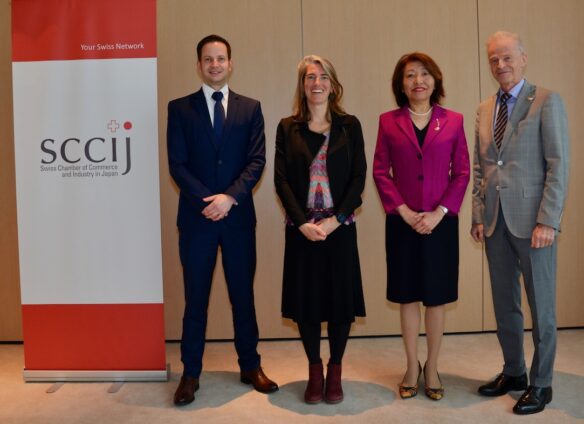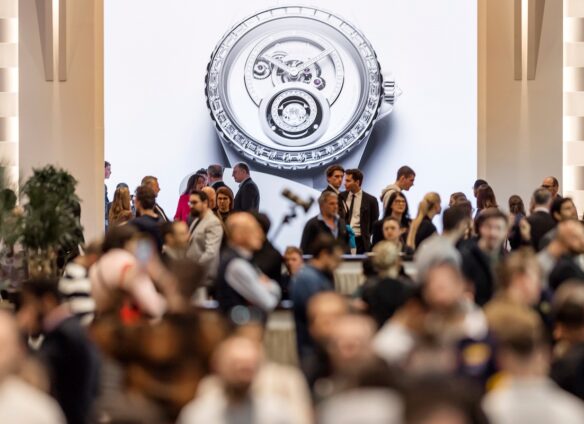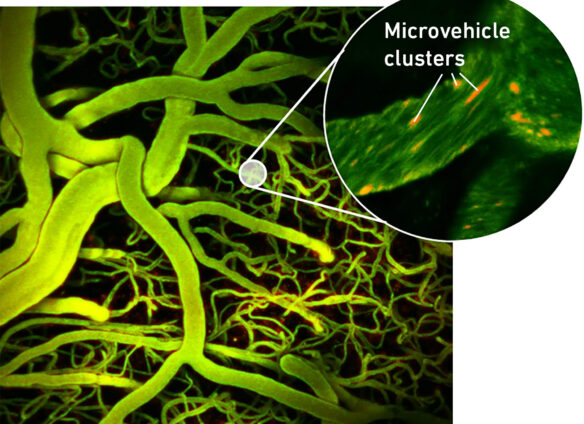Tokyo (SCCIJ) – A group of civil engineering students at the Swiss Federal Institute of Technology in Lausanne (EPFL) were so enthusiastic to learn about Japanese civil engineering technologies that they themselves organized a study tour to Japan. As part of their trip, they also visited the Metropolitan Area Outer Underground Discharge Channel in Kasukabe City, Saitama, a monumental and award-winning underground construction project to prevent serious flooding of the region. The Science & Technology Office Tokyo of the Embassy of Switzerland in Japan was asked for support in organizing a tour of the discharge channel and gladly helped the students to gain access.
Impressive structure in Saitama
27 motivated EPFL students and two representatives of the Science & Technology Office Tokyo got on a bus and visited this impressive site in Saitama Prefecture, just outside of Tokyo.
This discharge channel is one of the world’s largest, and collects water overflow underground from small- to mid-size rivers such as the Naka, Kuramatsu and Otoshifurutone, and directs it to the Edo River through a 6.3 kilometers long tunnel, retaining the water in five banks interconnected through the underground tunnel and a huge underground water tank.
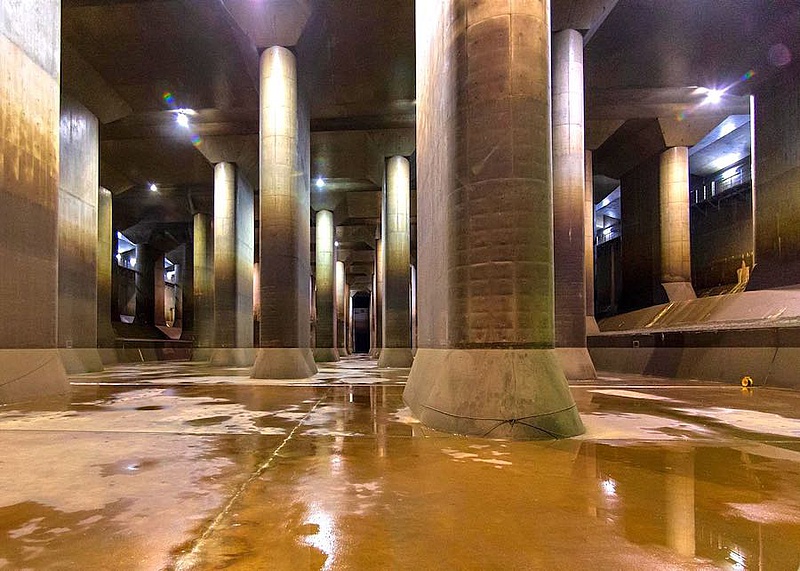
Discharge channel like a cathedral
Increased flooding risk
The Naka and Ayase River basins were repeatedly devastated by rain-related flooding since early times because this region has the topography of a bowl. Combined with constant urbanization of the basins’ land, the risk of deadly flooding has increased over the years. Therefore, the Metropolitan Area Outer Underground Discharge Channel – in Japanese “Sairyu no Kawa” – was built.
Construction was started in March 1993 utilizing demanding civil engineering technologies. After a construction period of 13 years, in June 2006 it became possible to direct water from the Otoshifurutone River into the Edo River.
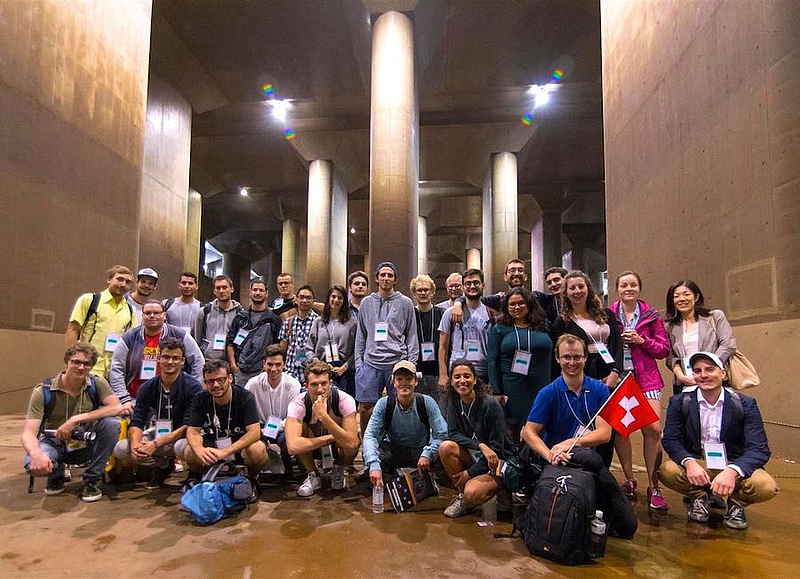
EPFL civil engineering student group on a study tour of the discharge channel (click to enlarge)
“Underground Parthenon”
After an explanation about the history and engineering design of the construction by guides, the tour participants went down into the pressure-adjusting water tank, which lies 22 meters below ground. The water tank is often called “the Underground Parthenon” or “the Underground Temple” due to its gigantic shrine-like structure.
The “tank” is 177 meters long, 78 meters wide and 18 meters high. It is responsible for stable operation of the pumps and adjusting radical water pressure changes that can result from an emergency. Each of the 59 pillars is 7 meters deep, 2 meters wide and 18 meters high, and weighs 500 tons. The pillars stand supporting the cistern ceiling as if a shrine would have been built under the ground.
Award for civil engineering
The project won the “2002 OCEA Award” of the Japan Society of Civil Engineers, which honors epochal projects that have achieved distinguished contribution to civil engineering development. This award was one of the reasons why the civil engineering students from Switzerland were so keen to visit the underground discharge channel and obtain a first-hand impression.
The site visit was a unique experience that impressed and inspired not only the newly minted engineers from Switzerland but also the participants from the Science & Technology Office Tokyo.
Text: SCCIJ/STOT; Pictures: © Valentin Perruchoud




